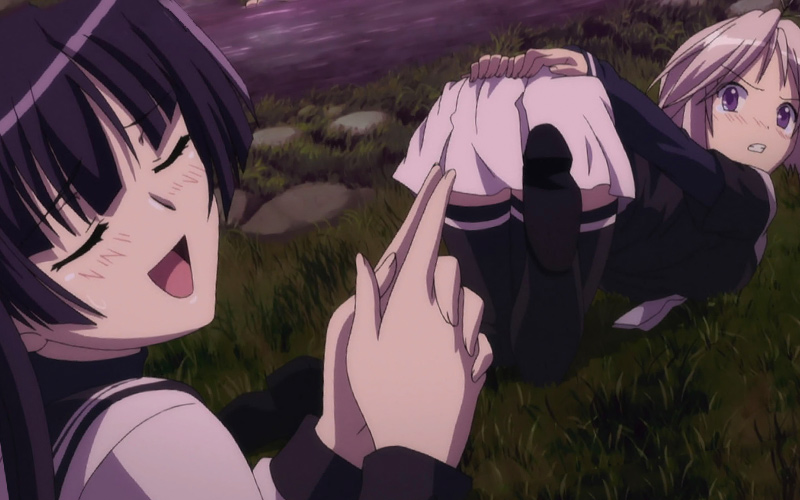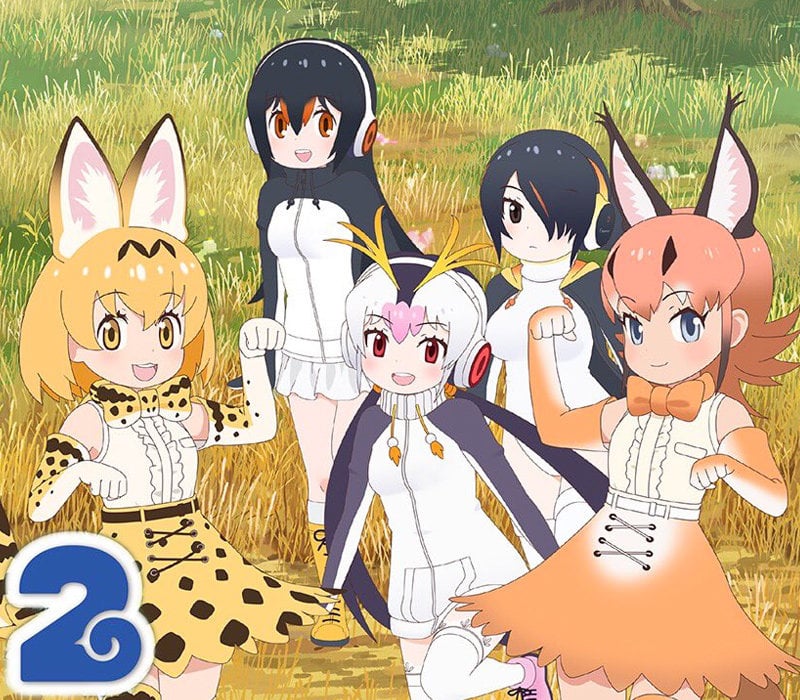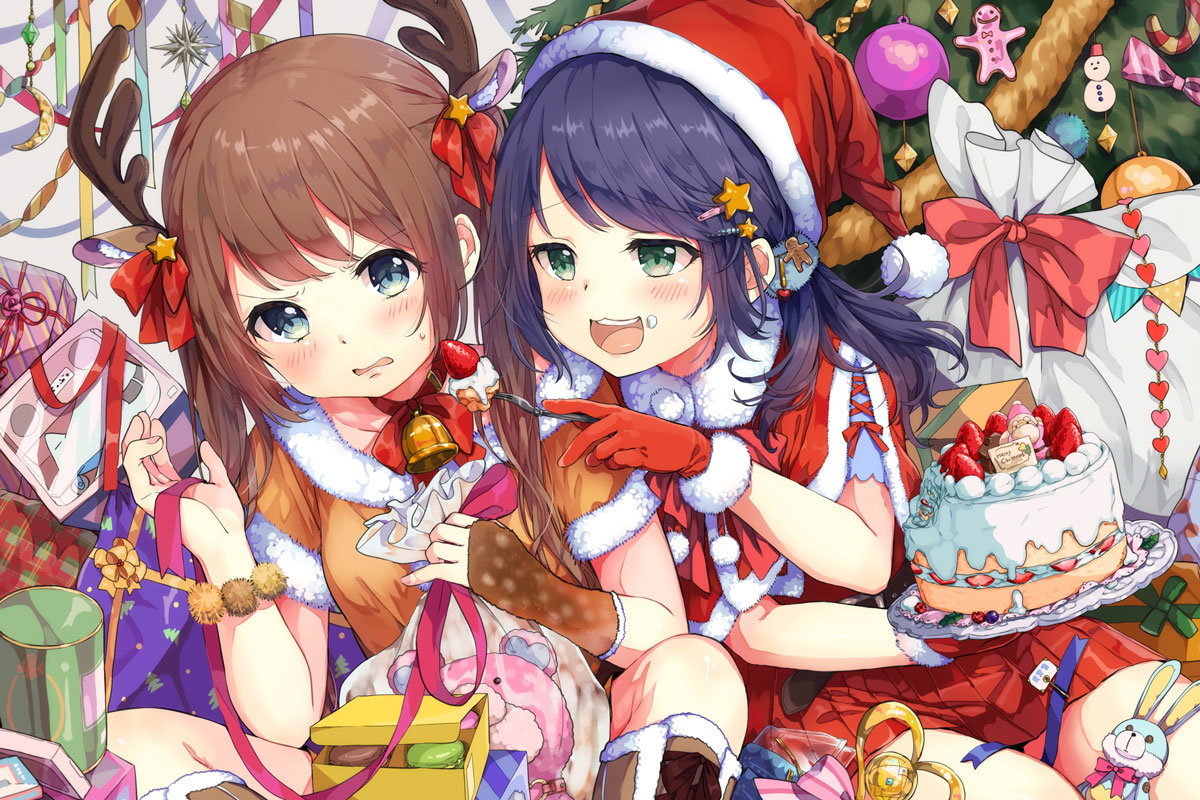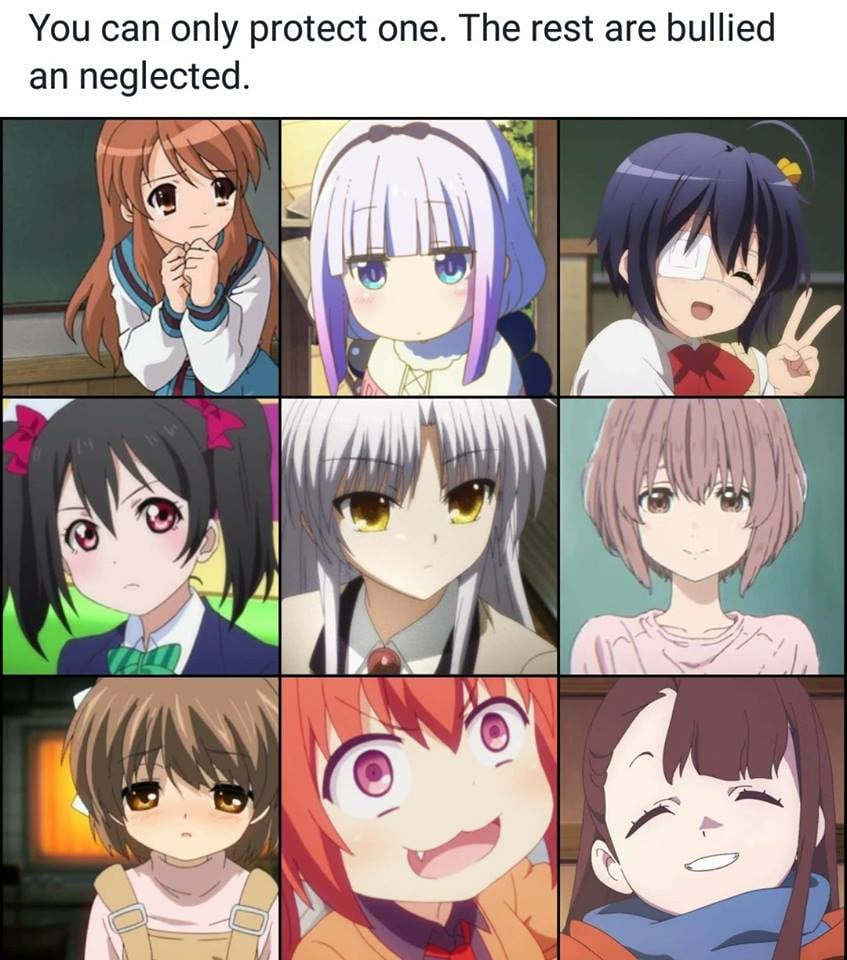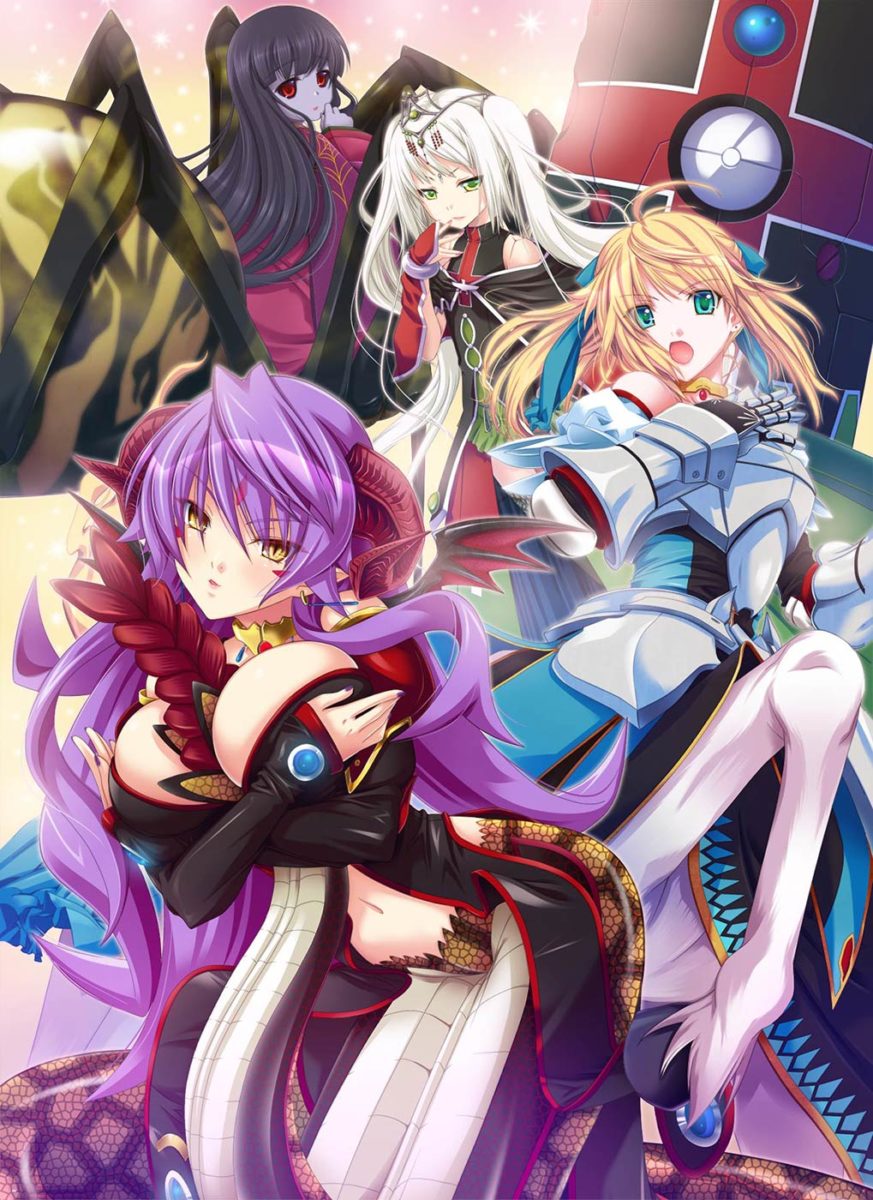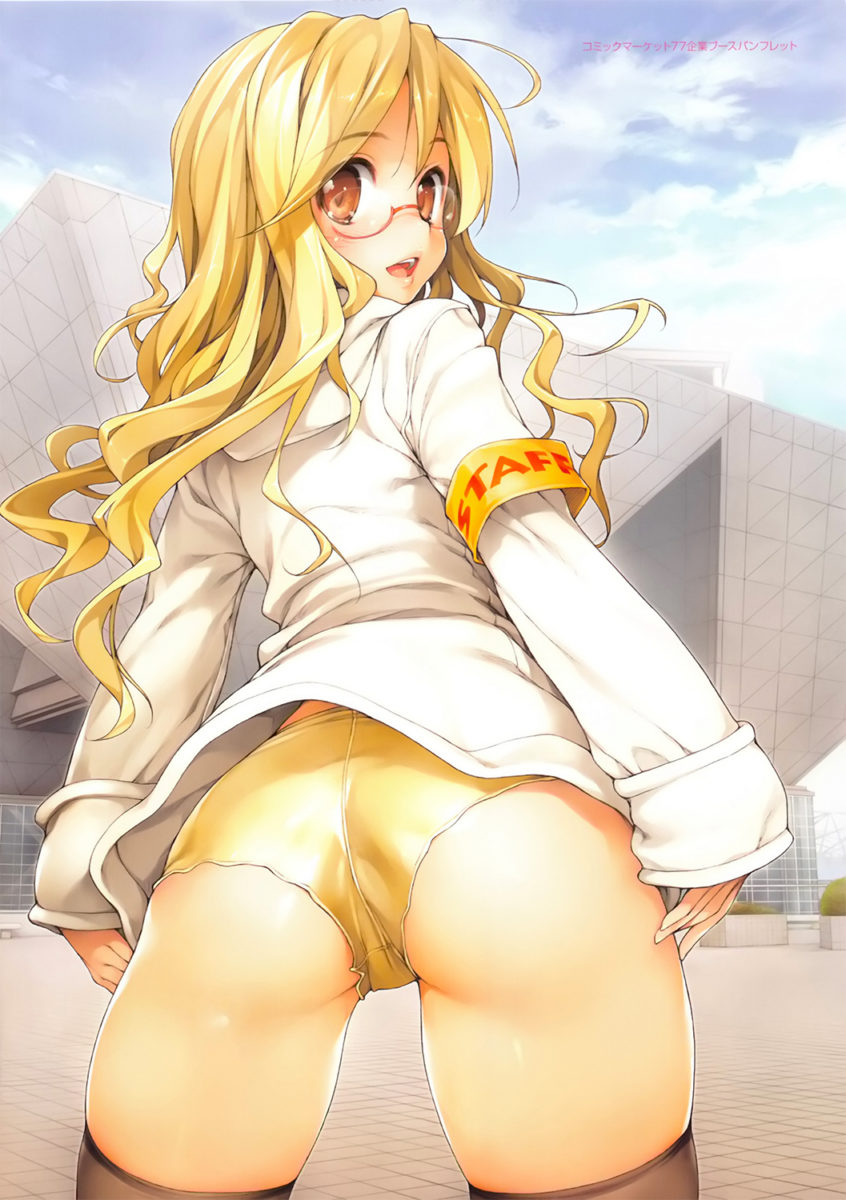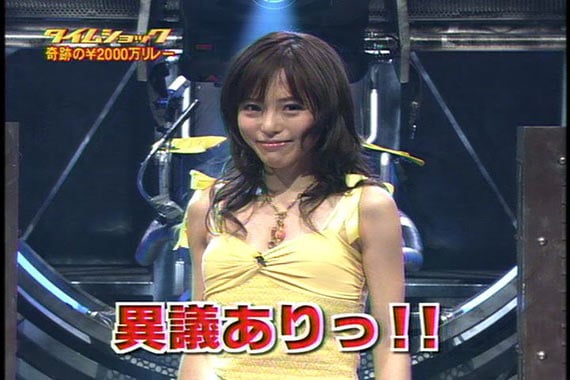You probably know that the Japanese word for “cute” is kawaii, an adjective that’s been in use since the Heian Period (794-1185) to describe endearing features in women, babies and cats, assuming they had cats in Japan back then. The Japanese certainly are fans of all things cute, from panda-themed coffee cups to surprisingly adorable Rilakkuma personal products, and have a tradition of employing kawaii models and idols to deliver important public notices, like fire awareness campaigns (“Did you extinguish all flames and turn of all heaters before sleeping? These are the words that can save your family.”) It’s interesting to observe that while kawaii-ness is in the eye of the beholder — for example, many Japanese find crooked teeth charming while others don’t, and there’s a slang word busu-kawaii that means “homely, but in a cute way” — the more refined concept of “beauty” (bi in Japanese, pronounced “bee”) is more universally defined. For a man or woman to achieve true beauty, the Japanese say, they must be tall, with a body “eight heads high” (that is, their head should take up 1/8th of their total frame). They should have a “high nose” (not flat like most Japanese), and larger eyes with two creases in the eyelid (futae), not the narrow single-creased eyes of most Japanese (hitoe).
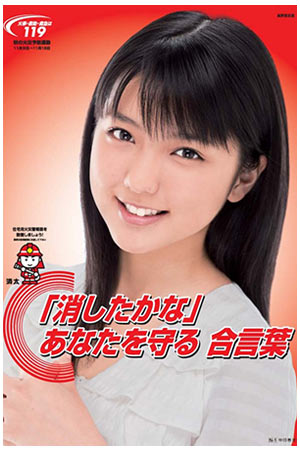
Former Morning Musume member Erina Mano reminds you to turn off all flames before bed.


